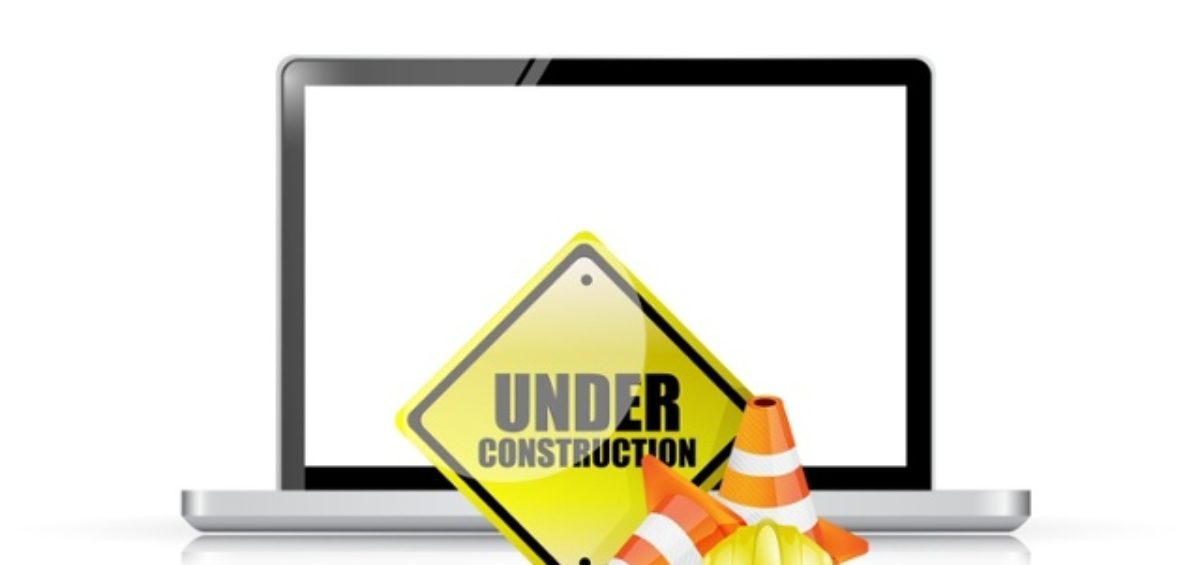Your website is your 24/7 sales tool and, in many instances, responsible for making your organization’s first impression. While an eye-catching, responsive design (automatically scales to the device on which it is being viewed) and punchy copy are important, taking stock of what stays and what goes from your existing website is a critical first step in the website redesign process. Follow these helpful tips when auditing your website assets in advance of a redesign.
Start with the outdated and obsolete
What services do you no longer provide? What products have you discontinued? Which partners, funders and other collaborators are no longer affiliated with your organization? Do you have staff listed on your website who no longer work for the firm? (Yes, this really does happen!)
By identifying what needs to go, organizations can help to streamline the content migration process. This important step also helps to identify…
What’s missing?
For organizations with a broad range of programs and services, not to mention multiple divisions and/or locations, maintaining an up-to-date website can be a challenge. When planning for a website redesign it is important to take stock of the key assets that are missing to make sure your website is an effective tool for telling your brand’s story.
Since this list of assets can quickly become lengthy, it is helpful to prioritize based on what those visiting your website need to know versus what it is nice for them to know. The human attention span is shorter than that of a goldfish so it is important to lead with the most pertinent information. You can start prioritizing this list by assessing the questions you are most commonly asked and identifying the most salient “selling points” for your company or cause.
What’s unclear?
It’s no secret that the guiding principle of our firm is “make yourself perfectly clear.” While making content visually compelling – and packaging information in creative and unique ways – can help to set your organization apart from the competition, it is critically important that your audiences understand who you are, what you do and why it matters.
Start your clarity check by assessing what components of your website tend to be confusing (this may encompass copy and layout/design) and which aspects of your work tend to elicit the most questions from clients, prospects and partners. When possible, having a trusted partner or peer who is less familiar with your organization take an objective look at your site can provide invaluable perspective.
What content doesn’t fit the medium?
Some topics are inherently complex. Some processes are lengthy. Some information is tailored to a very specific audience. And sometimes, spelling these things out in text isn’t the best solution.
When auditing your existing website, consider what information could be better conveyed through a different medium. Is an overview of your process better suited for an Infographic? Would an explainer video be a more dynamic means of communicating what you do and why it matters? Could your plain text Q&A page benefit from a multimedia component such as a short interview with the CEO?
Regardless of which format(s) you determine are the right fit for your information and your organization, remain focused on adding value, not clutter.
Where are most of your visitors going?
Google Analytics can take a lead role in determining what types of content you need more of what content isn’t serving your target audiences. Your website analytics can show you now only what pages are visited most often, but how people journey through your website. This is a great way to determine where to invest your content development resources. Further, knowing what information clients are often asking for, and what insights your team brings to the table that your competitors lack, are other pieces of key information that can help to hone the content for your new website.
A well-written and well-designed website can be an invaluable marketing asset for businesses and nonprofits alike. When you decide it’s time to invest in a website redesign, take the time to set goals, scrub existing content and audit your competitors’ websites before diving head-first into the process. Being strategic will help to ensure that you make the best use of your resources, proceed through the process as efficiently as possible and end up with a website that reflects the depth, breadth and culture of your company from concept to copy.


